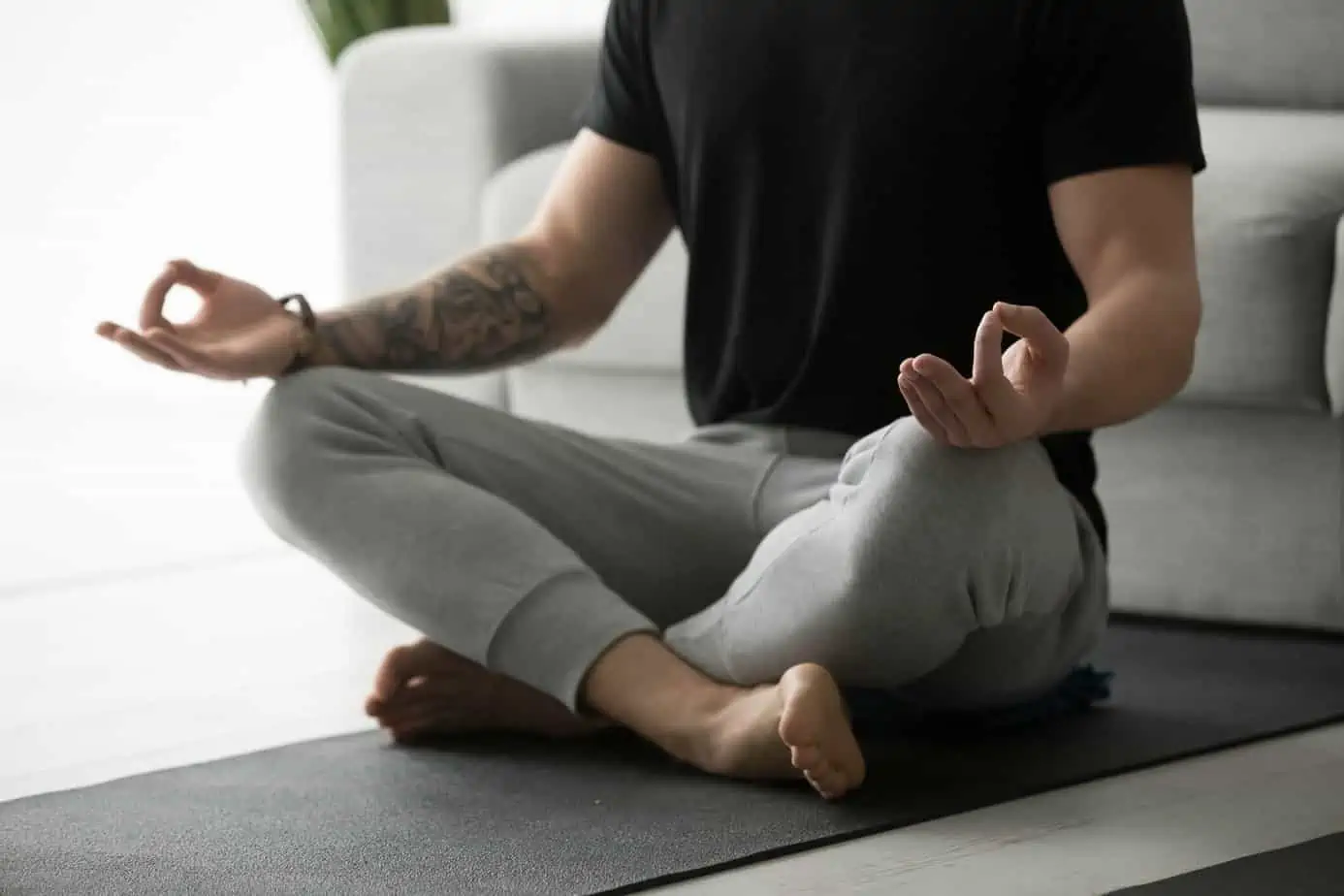Breathing exercises for anxiety and addiction recovery are powerful tools for managing stress and anxiety daily. These simple techniques can help calm your mind and body, providing a much-needed break from the constant pressures of modern life. Focusing on your breath can activate your body’s natural relaxation response, reducing tension and promoting well-being. Breathing, along with other mindfulness techniques, can also help manage triggers and coping skills for addiction recovery, and can be part of a multifaceted addiction recovery program.
Read on to learn more about the connection between breathing and mental health, more about effective breathing exercises, and how overcoming relapse with mindfulness is possible.
Understanding the Mind-Body Connection
The connection between our mind and body plays a crucial role in how we experience stress and anxiety. This relationship is particularly evident in the way our breathing patterns change when we’re under pressure.
How Stress and Anxiety Affect Breathing
When we’re stressed or anxious, our body’s natural response kicks in, leading to changes in our breathing patterns. We take quick, shallow breaths from our upper chest instead of using our diaphragm. This type of breathing is part of our body’s “fight or flight” response, which prepares us to face potential threats. However, meditation for anxiety and deep breathing can help with these shallow, anxious breaths.
This shallow breathing can make us feel more anxious. It can lead to an imbalance of oxygen and carbon dioxide in our body, which can cause physical symptoms like increased heart rate, dizziness, and even more anxiety.
This cycle can be hard to break without intervention. It also works well to use breathing exercises for cravings, as mindfulness techniques such as these help you relax and “move a muscle, change a thought.”
The Science Behind Breathing Exercises
Breathing exercises help us regain control over our breath. They encourage us to breathe slowly and deeply, using our diaphragm. Guided breathing exercises have a calming effect on our body and mind.
Wellness and spirituality in the addiction recovery process are vital. When we practice controlled breathing and mindfulness techniques, we activate our body’s relaxation response, which is the opposite of the stress response. This response slows down our heart rate, lowers blood pressure, and reduces the production of stress hormones.
What Are the Benefits of Controlled Breathing?
The benefits of controlled breathing go beyond just feeling calmer in the moment. Regular breathing exercises can have long-lasting positive effects on our overall well-being. Some of the key benefits are
- Improved emotional regulation
- Enhanced focus and mental clarity
- A positive impact on our physical health
- Counteracting high blood pressure and hypertension
Breathing exercises are a tool we can use anywhere, anytime. Whether at work, home, or stressed, we always have our breath with us. Mindfulness apps for recovery may also be useful, as they’re right there to use when you’re on the go. Many have guided breathing exercises, daily readings, and sobriety calculators to help keep you motivated.
Deep Breathing Techniques
Deep breathing and recovery meditation are powerful tools to ease stress and anxiety. This technique involves taking slow, deliberate breaths that engage your diaphragm, helping you relax and reduce tension in your body. If you’re wondering, “How can I relax my body,” then the techniques below should help.
Step-by-Step Instructions
To practice deep breathing:
- Find a comfortable position, either sitting or lying down.
- Place one hand on your belly and the other on your chest.
- Breathe in slowly through your nose, allowing your belly to expand. The hand on your belly should rise more than the one on your chest.
- Hold your breath for a few seconds.
- Exhale slowly through your mouth, feeling your belly lower.
- Repeat this process several times.
One popular variation is 4-7-8 breathing:
- Breathe in quietly through your nose for 4 seconds.
- Hold your breath for 7 seconds.
- Exhale forcefully through your mouth, making a “whoosh” sound for 8 seconds.
- Repeat this cycle up to 4 times.
Recommended Duration and Frequency
To see the benefits of deep breathing exercises:
- Aim to practice for 10 to 20 minutes each day.
- You can split this into two or three shorter sessions.
- Try to practice at the same time each day to establish a routine.
- Start with shorter sessions and gradually increase the duration as you become more comfortable with the technique.
Remember, like any skill, deep breathing takes practice to master. Be patient with yourself as you learn this technique, and you’ll soon start to feel its calming effects.
Box Breathing Method
Another mindfulness technique for recovery is box breathing. It is a simple yet powerful technique for easing stress and anxiety. This method, also known as square breathing or four-square breathing, follows a consistent pattern that helps calm your mind and body.
Explanation of the 4-4-4-4 Pattern
The box breathing method follows a 4-4-4-4 pattern, which means each phase of the breath cycle lasts for four seconds. Here’s how it works:
- Inhale slowly through your nose for 4 seconds.
- Hold your breath for 4 seconds.
- Exhale slowly through your mouth for 4 seconds.
- Hold your breath again for 4 seconds.
This pattern creates a rhythmic, even breathing cycle that helps regulate your nervous system. The key is keeping each segment’s duration equal, creating a square or box-like pattern. If you find four seconds challenging, you can start with three seconds and gradually increase the duration as you become more comfortable with the technique.
When to Use Box Breathing
Box breathing is a versatile technique that you can use in various situations:
- Stress management
- Anxiety relief
- Improving focus
- Preparing for stressful events
- Sleep aid
- Daily relaxation
- Decision-making
Remember, you don’t have to wait for a stressful moment to practice box breathing. Regular practice of mindfulness techniques, even when feeling calm, can help you build resilience and make the technique more effective when needed.
Incorporating Breathing Exercises into Daily Life
To get the most out of breathing exercises, making them a regular part of your routine is essential. Doing so can build resilience and make these techniques more effective when you need them most. Some ways to incorporate mindfulness techniques and breathing into your daily routine include
- Creating a routine
- Using breathing exercises in stressful situations
- Combining with other relaxation techniques (such as yoga)
By incorporating mindfulness techniques into your daily routine and using them in stressful situations, you can harness the power of your breath to manage stress and anxiety more effectively. Remember, like any skill, breathing exercises take practice to master. Be patient with yourself as you develop this valuable tool for your mental and physical well-being.
If you or a loved one is struggling with addiction, Mountainside can help.
Click here or call (888) 833-4676 to speak with one of our addiction treatment experts.

 By
By 





